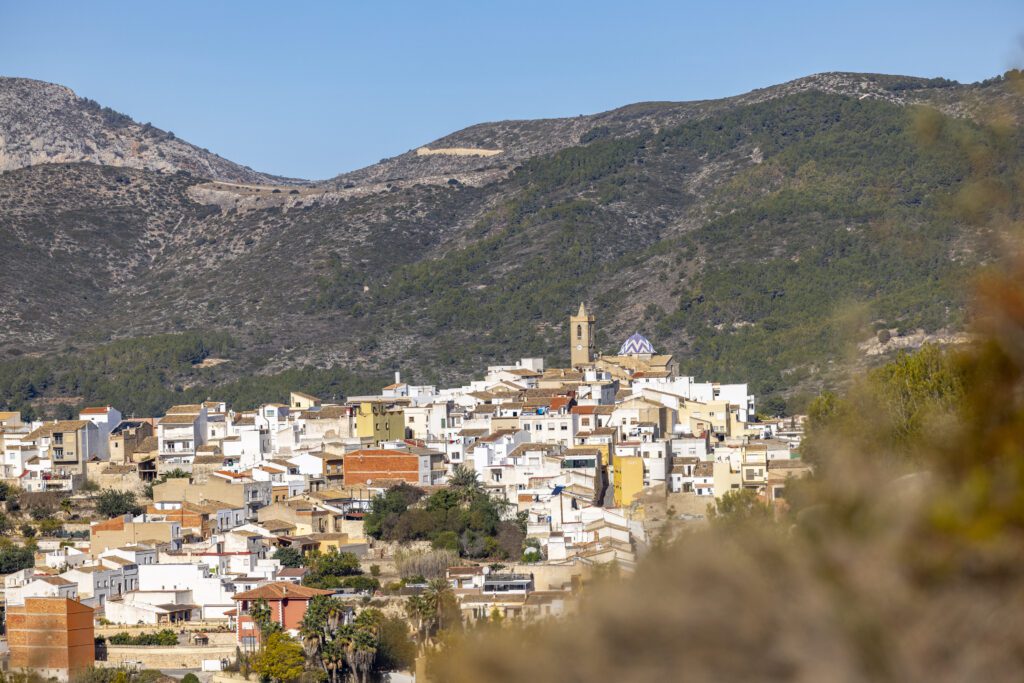
The Council of El Poble Nou de Benitatxell approved in the last ordinary plenary session the provisional agreement for the modification of the tax ordinance regulating the Real Estate Tax, which reduces the IBI tax rate from 0.83% to 0.82%. The reduction will come into effect in 2025. Already in 2019 a reduction from 0.85% to 0.83% was made, so the municipality has accumulated 3 points of reduction in 5 years.
This measure has been taken in view of the publication last Wednesday of the start of the individual notification procedure for the updating of the general cadastral values on which the Territorial Management of the Cadastre of Alicante is working. Given that this modification of cadastral values (this is the reference used by the local councils to calculate the base of the IBI) plans to update the prices and, therefore, in some cases will increase the value of the houses, bringing them into line with the current market price, the government team (Més Benitatxell) has decided to compensate for this with a reduction in the IBI tax rate. This adjustment of cadastral values, which is intended to solve the current imbalance and achieve tax justice, will be carried out progressively over 10 years.
The value assessments contain the criteria for determining the cadastral value of each property. According to the law, they must be updated every 10 years or when there are substantial differences between market values and current cadastral values. And at El Poble Nou de Benitatxell this scale has not been updated since 1994, 30 years ago.
Some time ago, the Council detected large tax imbalances between the different areas of the municipality. After some checks, the Territorial Management of the Cadastre corroborated that there are many areas that are paying taxes much lower than others. There are many properties whose cadastral value does not even reach 20% of their market price, when, according to the legislation (Ministerial Order of 14 October 1998 on the approval of the value module M and the RM coefficient and on the modification of value assessments), this figure should be at least 50%.
Specifically in the area of Jazmines, as confirmed to the Consistory by the Territorial Management of the Cadastre, there are luxury homes that have on average a cadastral value of only 15% of their market value. Thus, if we were to take as an example a 2 million euro villa that has only been assigned a cadastral value of 15% of its market price (when it should be at least 50%), we could say that it is not contributing 5,900 euros per year to the municipal coffers. That is to say, of the 8,300 euros that it should be paying in IBI, it would currently be contributing only 2,490 euros. On the other hand, at the other extreme, the urban centre is the only area whose cadastral value is generally closer to the 50% parameters, although not in its entirety.
The fact that certain homes have a cadastral value of 15% or 20% of the market value is leading to a significant reduction in the revenue that the Council receives from IBI, which results, as explained by the Mayor, Miguel Ángel García, in «an impossibility to cope with the demands for maintenance and conservation that we receive from all areas. There is a clear tax imbalance between residents of the municipality in different areas. We have an obligation to ensure the equality of all citizens in all respects: in rights and obligations. It is not fair that a 2 million euro villa is paying almost the same as a humble house because its cadastral value has not been updated».
Furthermore, he stressed, «the current reality is not the same as it was 30 years ago. The demand for services is much greater and, obviously, costs have risen substantially, so the most responsible thing to do is to update ourselves as a council and as a municipality to achieve tax justice that allows us to provide the quality services that the town deserves».